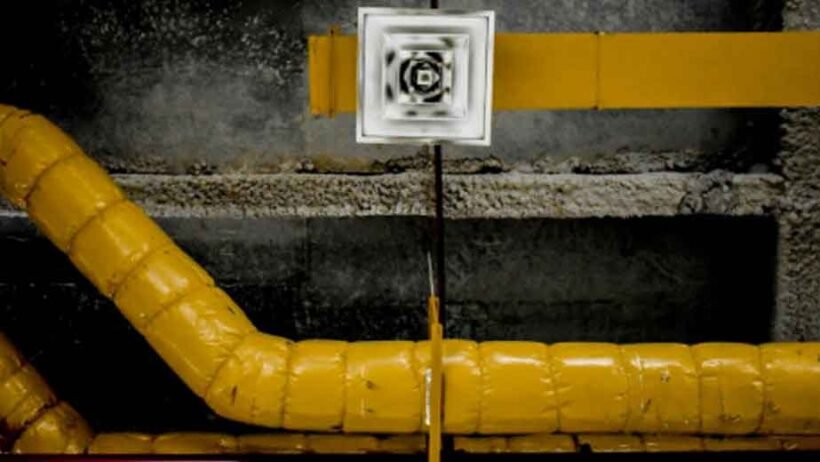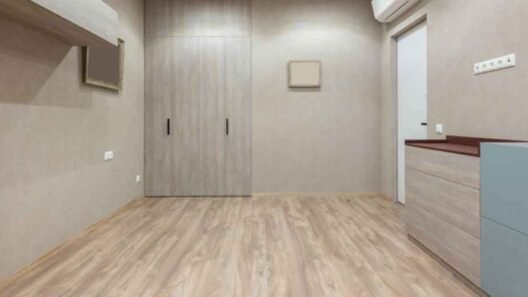Ever notice how the quiet hum of your home’s comfort system fades into the background—until something feels off? Maybe the air isn’t circulating quite right. Maybe it’s louder than usual. Or maybe you walk in from the cold and realize your house isn’t as warm as it should be. The truth is, most people only think about their HVAC system when it stops working. But long before that breakdown, pressure—literal and figurative—is already building.
Our homes have become more demanding than ever. Between extreme weather patterns and year-round climate control, heating and cooling systems are expected to perform nonstop. They regulate air quality, manage humidity, and maintain comfort no matter what’s happening outside. And while they seem to run effortlessly, they’re working harder than we realize.
That quiet hum isn’t silence—it’s strain. The hidden kind that accumulates slowly until something finally gives out. In this blog, we will share what really happens inside your HVAC system over time, why that unseen pressure matters, and how proper care can prevent small inefficiencies from turning into costly emergencies.
When Comfort Comes at a Cost
Think of your HVAC system as the heart of your home. It doesn’t just control temperature—it drives airflow, circulation, and balance across every room. But unlike your heart, it doesn’t get regular checkups unless something goes wrong. That’s where most homeowners make a critical mistake.
Season after season, your system collects dust, moisture, and debris. Filters clog, vents get blocked, and parts lose efficiency. It’s easy to miss because the effects are gradual—a slightly uneven temperature here, a minor increase in your energy bill there. But underneath, pressure is mounting. The system is compensating for blockages and wear, forcing components to work harder to maintain normal output.
This is why reliable heating services are more than just a winter necessity. Professionals know how to detect early warning signs your system can’t show you—like compressor strain, airflow imbalance, or temperature fluctuations that signal deeper issues. Regular maintenance does more than prevent breakdowns. It reduces operational stress, extends lifespan, and keeps efficiency high. The best technicians don’t just fix—they anticipate.
When you think about it, the HVAC industry is mirroring a broader societal shift. We’ve moved from reactive to proactive living. From waiting for problems to happen to preventing them. Just as people are now tracking health metrics or servicing cars more often, responsible homeowners are realizing that prevention in home systems isn’t luxury—it’s logic.
The Growing Demand on Home Systems
Here’s the irony: modern homes are designed to be more efficient, but that efficiency comes with tighter air sealing and more strain on HVAC systems. Houses no longer “breathe” the way older structures did. While that’s great for energy savings, it traps more humidity, dust, and contaminants indoors. Your system has to regulate all of it.
Add to that the impact of modern living. More electronics mean more heat. More insulation means more constant cycling. And in regions where weather patterns are becoming unpredictable, systems are expected to switch rapidly between heating and cooling. That constant shift wears out components faster than most people realize.
This is where awareness becomes crucial. Every small action—changing filters regularly, keeping vents clear, scheduling tune-ups—helps reduce the hidden strain inside the system. It’s like giving your HVAC a chance to breathe. Neglect, on the other hand, turns manageable issues into expensive ones.
According to the U.S. Department of Energy, proper maintenance can improve system efficiency by up to 15% and extend equipment life by years. Yet most homeowners only call for help after something stops working. By then, the damage is done. The system isn’t just failing; it’s been under stress for months, maybe years.
Why Pressure Builds Without Warning
Pressure in an HVAC system isn’t metaphorical—it’s mechanical. When air filters clog, refrigerant levels drop, or ducts leak, the balance shifts. The system works overtime to deliver the same comfort, creating unnecessary wear. Over time, motors strain, coils overheat, and compressors fail.
Ironically, the signs are there if you know where to look. Uneven temperatures between rooms. Strange noises. Short cycles. Rising energy bills. These symptoms are your system’s way of saying it’s struggling. Ignoring them is like ignoring chest pain and hoping it goes away.
Modern systems often come with smart sensors or diagnostic tools that alert homeowners when performance dips. But even technology can’t replace regular professional oversight. Software can detect anomalies, but it can’t clean coils or replace worn belts. That blend of human expertise and automated monitoring is what keeps systems stable.
The Bigger Picture: Energy and Efficiency
There’s a larger story here too. With global conversations around energy conservation and sustainability, home systems play a surprisingly big role. HVAC accounts for nearly half of residential energy use in the U.S. Every inefficient system contributes to higher utility costs and unnecessary carbon output.
That means every small fix—like sealing ducts, cleaning coils, or upgrading outdated units—has a bigger impact than most people realize. It’s not just personal savings. It’s environmental responsibility.
When Technology Meets Maintenance
Smart thermostats, automation systems, and diagnostic tools have transformed how we approach home maintenance. Today’s HVAC systems can monitor energy use, learn homeowner preferences, and even alert service providers automatically when something goes wrong.
But technology only works when it’s supported by real-world maintenance. A smart thermostat won’t fix a refrigerant leak or unclog a vent. The human element still matters. Professionals interpret what data can’t explain—the subtle differences between a healthy system and one about to fail.
The ideal balance is combining both worlds: automation that tracks performance and expert care that keeps systems functioning at their best. It’s a partnership between insight and action.
Small Habits That Make a Big Difference
Homeowners don’t need to be experts to keep their systems healthy. A few simple habits go a long way:
- Change filters every one to three months depending on usage.
- Keep vents open and unobstructed for proper airflow.
- Listen for changes in sound or performance—it’s your first warning sign.
- Schedule at least one professional inspection a year.
These aren’t big investments. But they prevent the kind of unseen buildup that leads to emergencies. The same way you wouldn’t skip oil changes in your car, you shouldn’t skip HVAC maintenance.
The bottom line? Your HVAC system works quietly, balancing pressure and temperature without pause—until it can’t. Comfort often goes unnoticed until it’s gone, but small preventive steps can stop bigger problems, save money, and keep your home consistently comfortable. Caring for your system isn’t just about avoiding repairs; it’s about preserving the balance that makes your home feel right.








